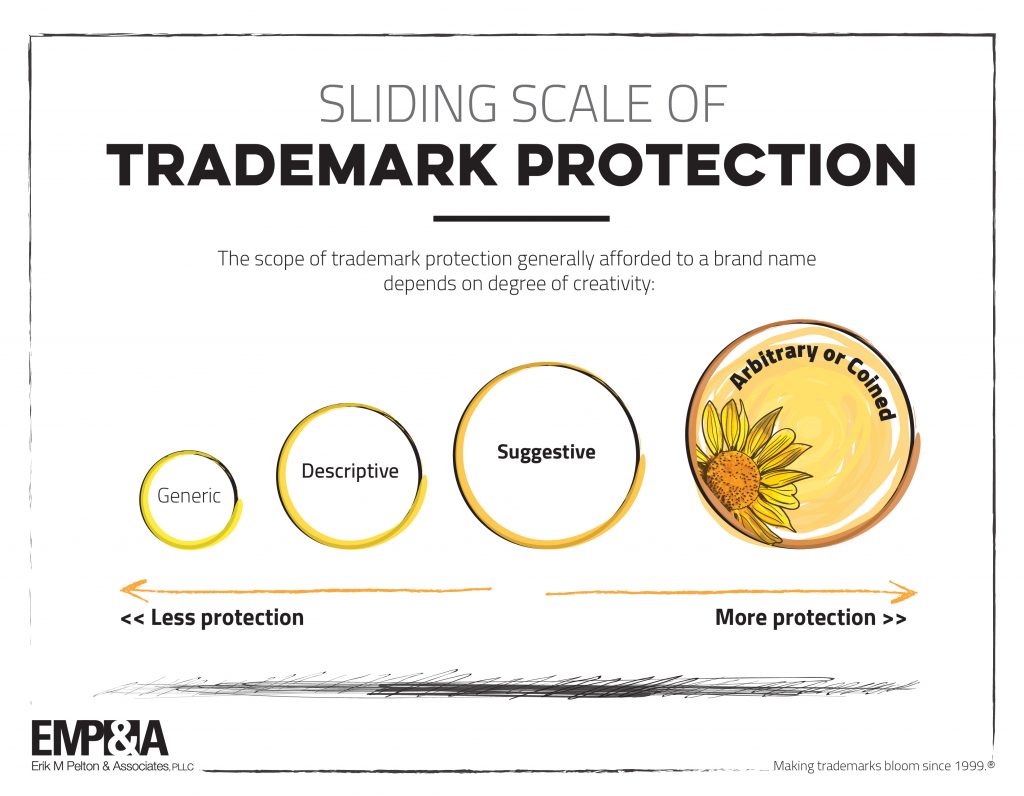The following is a transcript of an episode of the Tricks of the Trade(mark) podcast, listen to the episode here.
When I’m speaking with clients about new brand names, they often are under the mis-belief that they need to come up with a name that is completely original and unique. To do so would actually be extremely difficult. A trademark or a new brand name does not have to be entirely unique. It just needs to be unique in your industry. And of course like everything in trademarks, there is quite a bit of nuance and gray area to the issue.
You see, trademarks can coexist when they’re used for different products and services. Some well known examples include Delta airlines and Delta faucets, or Peter Pan bus lines and Peter Pan peanut butter, and there are many others that you’ve likely encountered or seen. Because faucets and airlines have very little, if anything, to do with each other and no consumer would be likely to believe that one is affiliated with or sponsors the other.
However, if someone tried to launch a bus line or a car sharing service and use the Delta name, that might be a problem with Delta airlines because they’re both in the field of transportation. Similarly, if someone was in the tile business or the bathroom repair business and used Delta as their brand name, that might cause a conflict with Delta faucets because those industries are related or at least more related.
There is no black and white easy boundary that can be drawn around a trademark and it depends where this line is drawn on how strong a particular trademark is. And for that, one would want to refer to the sliding scale of trademark protection where an arbitrary or made up term has a much broader scope of protection in general then a suggestive term, which has a broader protection than a descriptive term. And finally, a very descriptive term has very little protection and a generic term of course has no protection.

These are the considerations that trademark attorneys are advising and discussing with clients all the time when they’re proposing new names and doing searches to determine whether or not a name is clear. It is very likely that you will find someone else using almost any name or variation of almost any name that you can come up with. But the key is whether or not it’s going to create a likelihood of confusion given the factors of the goods and services and the channels of trade and how they’re sold and how they’re marketed. And the other important factors under trademark law.
So, trademarks can coexist in different industries, but there is a lot of gray area. Every situation is unique and it is very valuable to consult an attorney when trying to figure out whether two in particular can coexist.
For more on the sliding scale of trademark protection, see my video at




